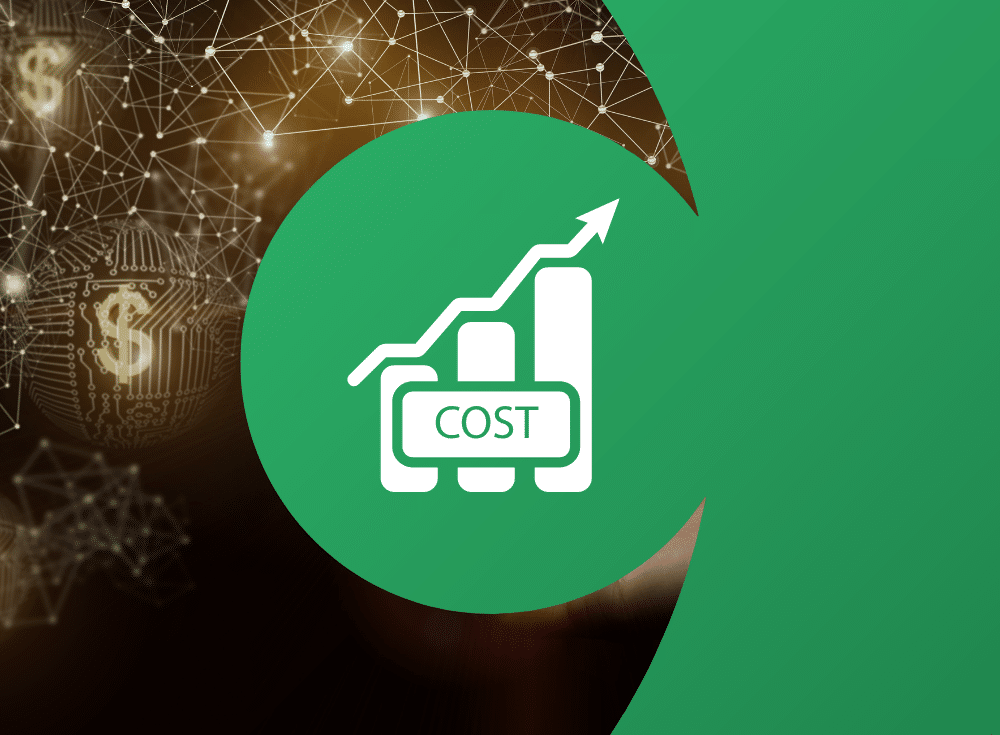
Observability costs are continuing to increase. Learn about 10 factors that are contributing to this and their effects on businesses.

On: Mar 5, 2024
Torsten Volk is Managing Research Director (Artificial Intelligence, Machine Learning, DevOps, Containers, and FaaS) with Enterprise Management Associates (EMA), a leading industry analyst and consulting firm that specializes in going “beyond the surface” to provide deep insight across the full spectrum of IT and data management technologies. Currently, his research interests evolve around cloud native applications and machine learning, with a special focus on observability, compliance, and generative AI.
This excerpt from the recent EMA Research Report “Observability: Challenges, Priorities, Adoption Patterns, and Solutions” lists the top ten reasons your observability costs are on the rise and why they are impacting your overall business.
“With our previous observability platform, observability cost was often the same or higher compared to what we were paying for the monitored resources.”
The pitfalls of overpaying stem from a lack of granularity since cloud native apps temporarily use infrastructure, yet observability platforms may charge for longer durations. The complexity of various factors, such as data ingestions, query complexity and multicloud integrations contribute to unpredictable monthly bills.
Furthermore, the risk of cost escalation is prevalent due to potential misconfigurations, like overly detailed logging in Kubernetes clusters or insufficient data retention policies. Vendor lock-in scenarios pose a threat to cost-effectiveness in the long run, limiting the transition to more budget-friendly solutions. “Free” or “Freemium” plans, though initially appealing, may conceal costs that manifest when usage limits are surpassed.
Similarly, the underutilization of subscribed premium features, compliance and data security costs, geographical data storage costs, real-time monitoring and the necessity for specialized skills and training further inflate the overall expenditure. These myriad factors elucidate the necessity for a well-strategized, granular approach toward managing observability platforms to avoid a financial quagmire.
Founded in 1996, Enterprise Management Associates (EMA) is a leading IT analyst research firm that specializes in going “beyond the surface” to provide deep insight across the full spectrum of IT management technologies.